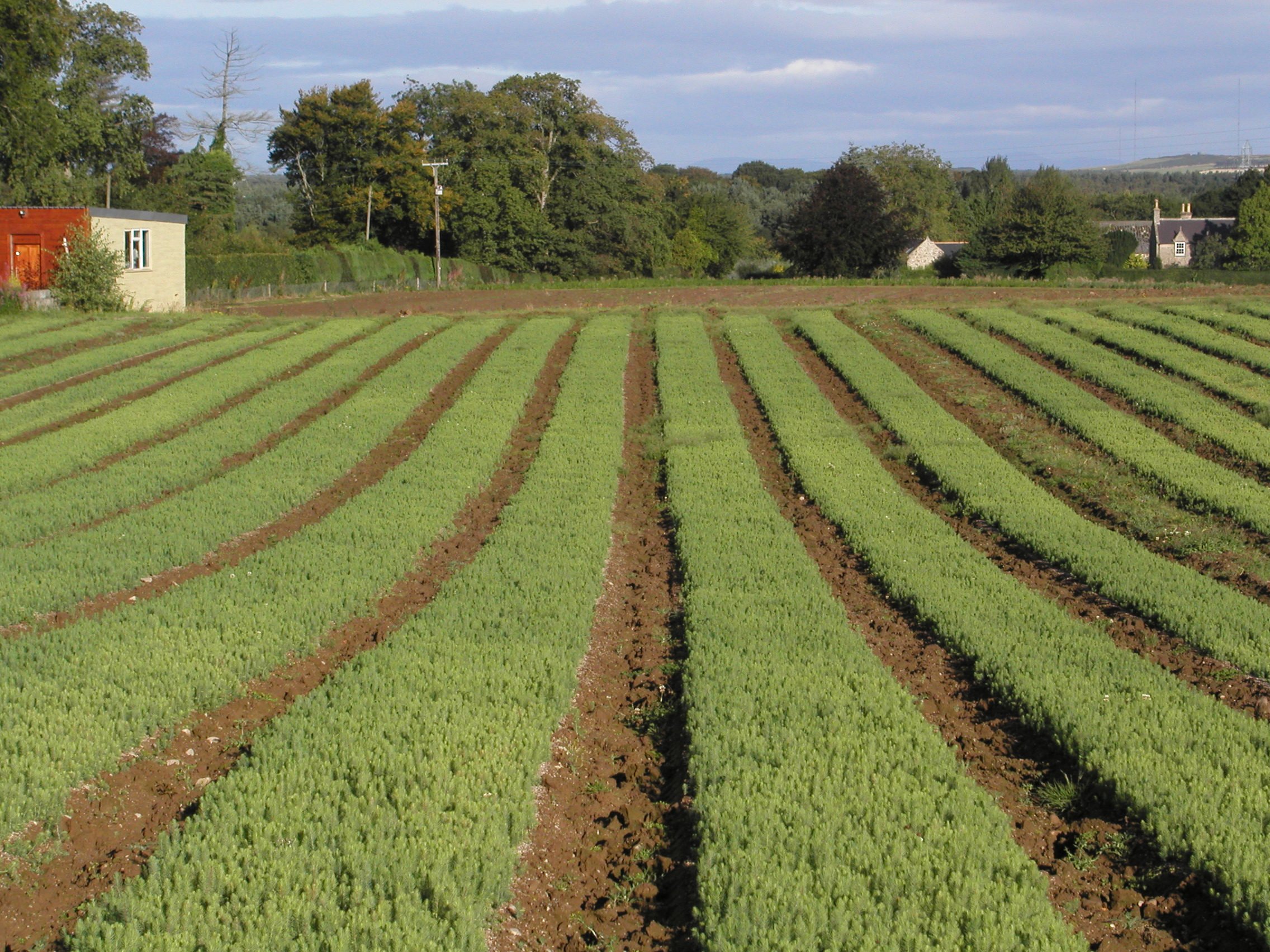SCOTLAND’S only public state-managed tree nursery is doubling in size by 2025.
Newton Nursery, which currently grows 7 million trees each year, is due to expand by a further 70 hectares in the coming years.

Established in 1931, near Elgin, the nursery is celebrating its 90th anniversary and is essential to delivering the country’s climate emergency response.
Growing to produce 14 million trees annually by the middle of the decade, the extension is the biggest single infrastructure investment ever by Forestry and Land Scotland (FLS).
The Scottish Government are supporting the move to lease the extra land and the majority of new plants will be grown from seeds sourced from the FLS managed estate.
Helping to improve and refine Scotland’s tree stocks, the nursery supplies forests all over the country, as older trees are felled.
These younger trees are ensuring that new forests are created for people to enjoy in the future.
Alan Duncan, FLS’s Head of Plant and Seed Supply, said: “Innovation and experimentation are part and parcel of the nursery’s planning for the forests of the future.
“Forestry is a long-term proposition: most productive forestry has a lead time of around 40 years. Scots pine can take 80 years to reach maturity, while oaks can take 80-120 years.
“We are already seeing climate change happening, so we need to grow – and plant – new forests now, to increase woodland cover and most importantly, to help mitigate global warming.
“This includes developing new techniques for growing, planting and harvesting trees and looking at tree species that will likely thrive in a warming climate.”
Newton Nursery is looking ahead and considering ways to increase tree yields, with trials already underway to experiment with organic seed coatings.
The nursery’s work has already impacting some species, such as Sitka Spruce: comprising just over half of the conifers in FLS managed forests, careful seed selection and breeding has reduced the average ‘rotation’ length by ten years.
This means that, rather than 40 years, the trees now reach maturity and are ready to harvest after 25-30 years.
Building on this success, work is underway to replicate the achievement with other species, such as Norway Spruce.
